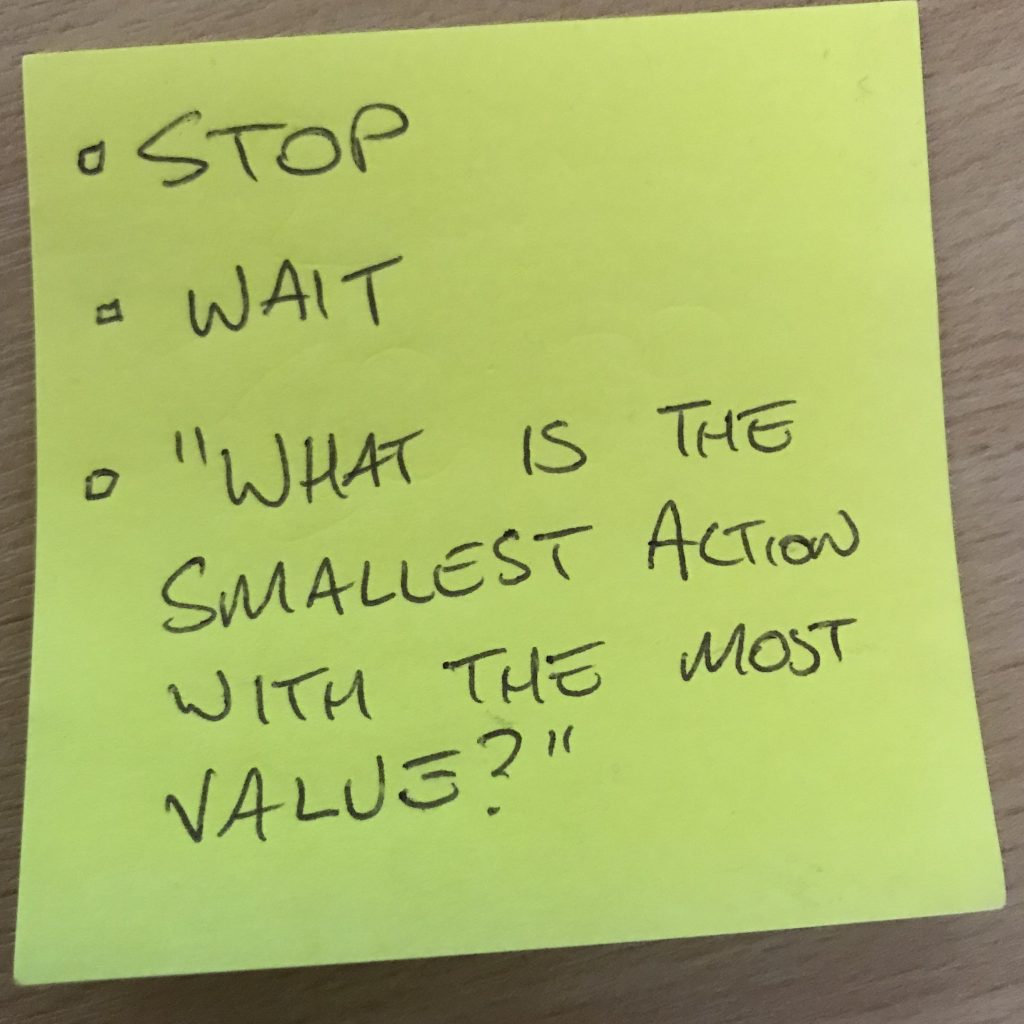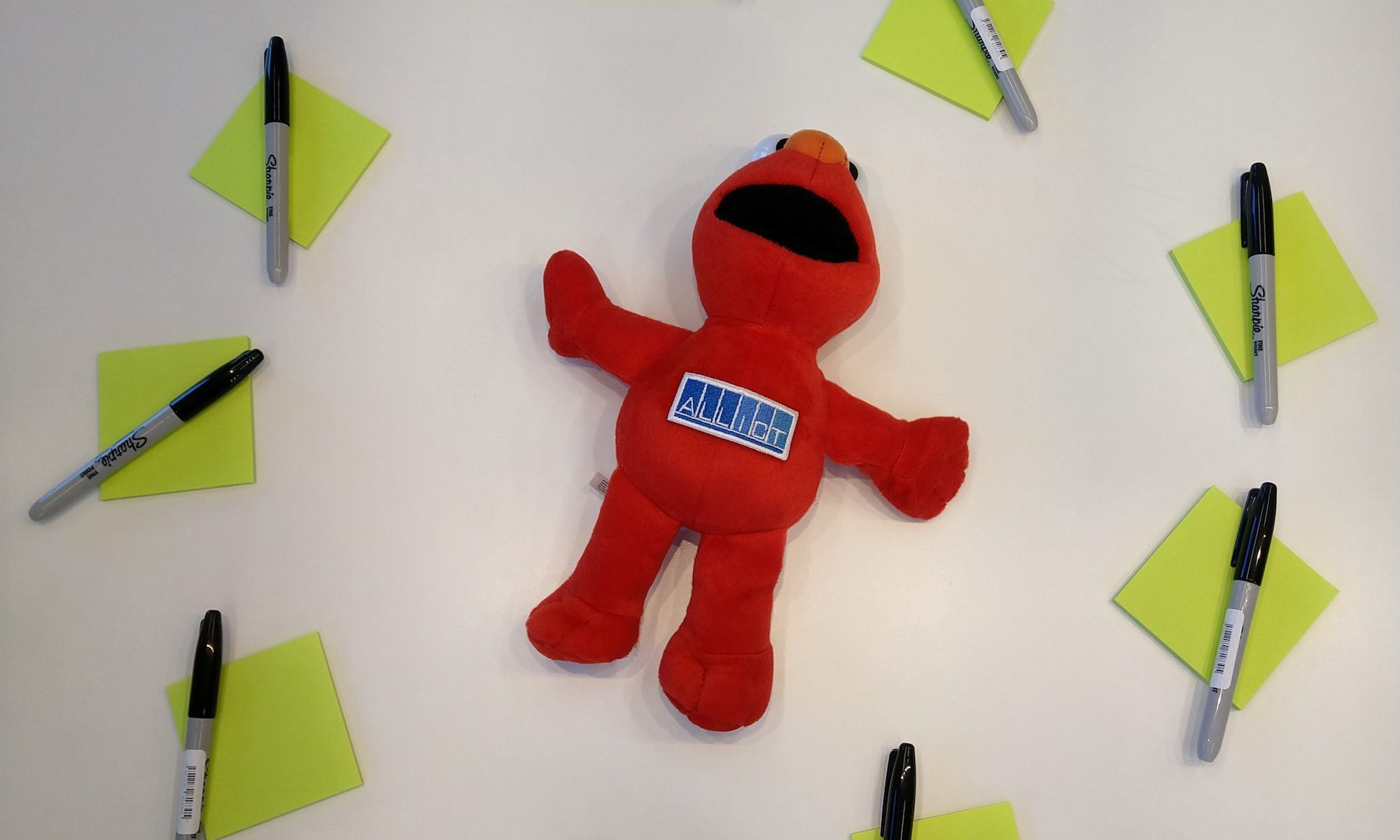10 powerful strategies for breaking down Product Backlog Items in Scrum
Teams that have mastered Scrum know that the key to success lies in a just-in-time, increasingly refined, breakdown of work on the Product Backlog. They prefer Sprint Backlogs with many small (functional) items instead of just a few large ones. Smaller items improve flow and reduce the risk of failing the sprint. In this article, I will explain why the breakdown of work is important, and why it should be done across functional — instead of technical — boundaries. Christiaan Verwijs offers 10 useful strategies that experienced Scrum Teams use to break down work in this article: https://medium.com/the-liberators/10-powerful-strategies-for-breaking-down-user-stories-in-scrum-with-cheatsheet-2cd9aae7d0eb
How writing Unit Tests forces you to write Good Code: And 7 bad arguments why you shouldn’t
Unit Testing is about writing good, well-designed, decoupled code that, as a result, is automatically testable.
Good Code is code that works well and is easy to maintain, extend, comprehend and understand (in the present and in the future).
The following (well-established) practices are important:
- Reduce coupling
- Maximize encapsulation
- Single responsibilities
- DRY
- Open/closed
- Documentation
- Use design patterns
What is a Good Unit Test?
- Tests only your class, not it’s depedancies
- Input/output checks
- Hypothesis-based
- Concept-based
- Small
- Intuitive
- Uses business/domain terminology
Reasons why you should not write a unit test:
- ‘Unit testing takes too much time or is too difficult’
- ‘Unit testing is a luxury (we don’t have)’
- ‘Unit testing is not necessary, because I already write Good Code’
- ‘Unit testing is not possible with this legacy code’
- ‘I don’t have enough knowledge of Unit Testing’
- ‘Unit testing are inferior to regression/integration/manual tests’
- ‘Someone else (like a tester) can write tests for my code’
Read the complete article here: https://medium.com/the-liberators/how-writing-unit-tests-forces-you-to-write-good-code-and-7-bad-arguments-why-you-shouldnt-9b0cc3461d7a
Beyond Budgeting – The Adaptive And Agile Management Model
Beyond Budgeting is a powerful Agile management model for budgets. The Corporate Rebels give you the low-down: https://corporate-rebels.com/beyond-budgeting-model/
The True Cost of Rewrites
Your code is complex and working with it is difficult. Years of development and bug fixes have you ready to declare bankruptcy on your technical debt and start again from scratch. It feels so freeing to leave all your past mistakes behind and start over in
Before you do a cost-benefit analysis on rewriting your application, take the time to consider the true costs of the effort. I think you’ll find it almost never pays off to approach a rewrite in this way.
Read the complete article here: https://8thlight.com/blog/doug-bradbury/2018/11/27/true-cost-rewrites.html
The Scrum Master Craft
Being a Scrum Master is a craft, as it is a combination of knowledge, skill and experience that enables you as a Scrum Master to be effective.
The duty of the Scrum Master is to reveal not Resolve. There are many anti-patterns from the misunderstanding around Servant Leadership.
Flow works best in a pull-based system. This applies to
A technique Simon Reindl has found helpful is to flip every statement into a question. “You seem to be covering up progress” becomes “How are you making your work transparent?”.
W.A.I.T. (Why Am I Talking?)
A phrase he heard a lot is “The person talking is the one doing the learning”. The meme/trope of the evil villain monologuing, while their downfall is being prepared for them is not a good space to be in within a team. This was summarised by Andy Hiles as W.A.I.T.

Read the complete article here: https://www.scrum.org/resources/blog/scrum-master-craft
Servant Leadership 101: The 4 V’s to Create a Strong Foundation
Servant-leaders must create a strong foundation that helps people feel empowered to take action, enables them to move forward in a common direction despite uncertainty, and to feel inspired and resourceful during challenging times
The 4 V’s can help you establish this strong foundation:
- Vision – “What do we want?”
- Values – “What is important about that?”
- Value – “What value are we creating? What outcomes indicate we are succeeding?”
- Validation – “How will we measure valuable outcomes? How will we validate our assumptions about value?”
Read the complete article here: https://www.scrum.org/resources/blog/servant-leadership-101-4-vs-create-strong-foundation
How to do a Retrospective using Flow Metrics
In this article you can read how Christian Hofstetter has applied flow metrics to run a retrospective with the goal to gain more insight and deciding what to do to improve.
You can find the article here: https://medium.com/the-liberators/how-to-do-a-retrospective-using-flow-metrics-612bf48bdeba
Hoe je zorgt dat je enthousiasme gedeeld wordt
Weet je wat ‘the rule of ⅓’ is?
Het
is een principe dat werkt op basis van groepsdynamiek en peer pressure.
Als je een derde van een groep weet te overtuigen gaat de rest van de
groep altijd mee.
Misschien herken je het wel: Je bent naar een theatervoorstelling geweest. Het was best een leuke voorstelling, maar niet de allerbeste die je ooit gezien hebt. Als de voorstelling is afgelopen begint iedereen te applaudisseren. Op de voorste rij staan zelfs een paar mensen op voor een staande ovatie. Dan volgen er achter hen meer mensen die gaan staan. Links en rechts van je staan ook wat mensen op. Terwijl het klappen doorgaat staan er steeds meer mensen op in de zaal. En dan ineens: sta jij ook op. Hoe kan dat? Wat is er gebeurd?!
Dit is het effect van ‘the rule of ⅓’. Doordat meer dan een derde van de zaal staat, ga jij onbewust ook staan om erbij te horen.
Dit
principe kun jij ook inzetten in jouw meetings. Als je zorgt dat je op
voorhand al wat mensen hebt geïnformeerd en geënthousiasmeerd over je
plannen zul je zien dat je daar profijt van hebt. Als deze mensen met
voorkennis hun enthousiasme delen zullen de anderen in de ruimte ook
eerder geneigd zijn om enthousiast te reageren.
Hoe zorg je dat je enthousiasme gedeeld wordt?
Heel
simpel eigenlijk: Vraag het de mensen. Niet als een random vraag. Maar
vraag het heel direct aan een van de mensen van wie je weet wat ze ervan
vinden. Na het positieve antwoord vraag je nog eens direct een van de
andere positievelingen. Je zult zien dat de vibe nu positief is waardoor
het lastiger wordt om de negatieve ideeën te spuien.
Twijfel
je of het werkt? Probeer het maar eens. En… Wees je ervan bewust dat
wanneer jij de conversatie niet leidt, iemand anders het wel doet. The
rule of ⅓ werkt helaas ook andersom. Als de negatievelingen (die vaak
automatisch als eerste hun mond opentrekken, wat is dat toch met hen?!)
als eerste hun negatieve opmerkingen delen wordt het lastiger om de vibe
positief te krijgen.
Is er dan helemaal geen ruimte voor negativiteit?
Tuurlijk
wel! Maar zorg ook dat je dit stuurt: Vraag eerst heel specifiek wat
men positief aan het idee of de presentatie vindt. Op deze manier train
je de aanwezige breinen om meer positiviteit te zien. Vraag daarna pas
naar verbeterpunten. Niet naar slechte punten! Ga uit van het feit dat
het een goed idee is (je kunt dit zelfs zo benoemen) en dat je nog zoekt
naar punten om het idee nóg beter te maken.
Deze aanpak is zo makkelijk, voor je het weet staat iedereen op voor een staande ovatie. 😉 Het is nou eenmaal leuker om dingen samen te doen. Zo simpel werkt het.
Wil je jouw meetings, sessies en andere interacties nog beter leren vormgeven en anderen om je heen leren activeren, inspireren en motiveren? Schrijf je dan in voor het allereerste digitale live workshop programma van Nederland: ‘AIM: Word een Superfacilitator’. Geef je hier op.
Rapidly share novel ideas and make personal connections with ‘Impromptu Networking’
In this post, Christiaan Verwijs shared how you can use the simple structure ‘Impromptu Networking’ to spread novel ideas and form personal connections quickly.
Read the complete article here: https://medium.com/the-liberators/rapidly-create-personal-connections-with-impromptu-networking-d5698cf02630
